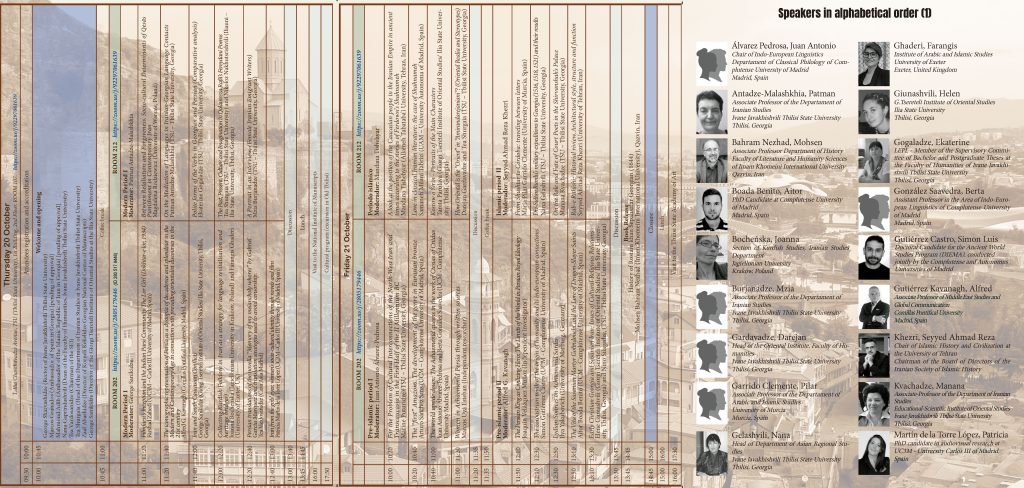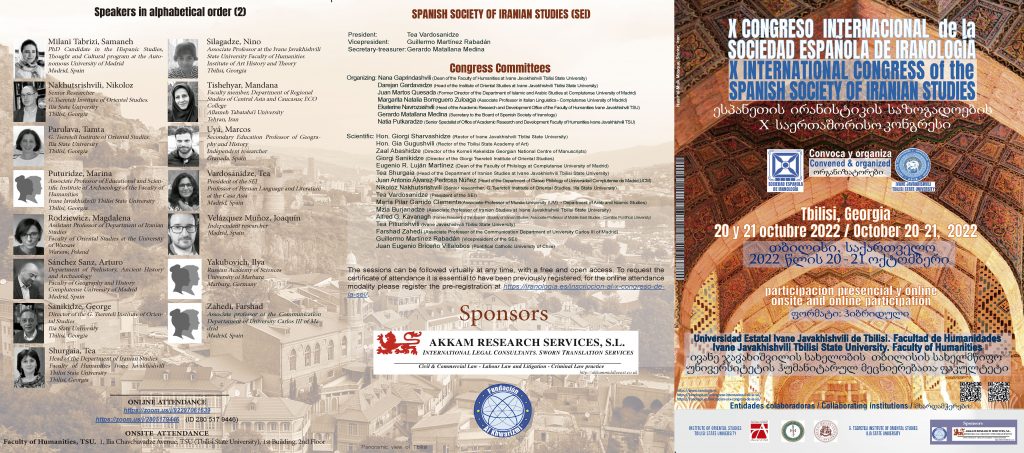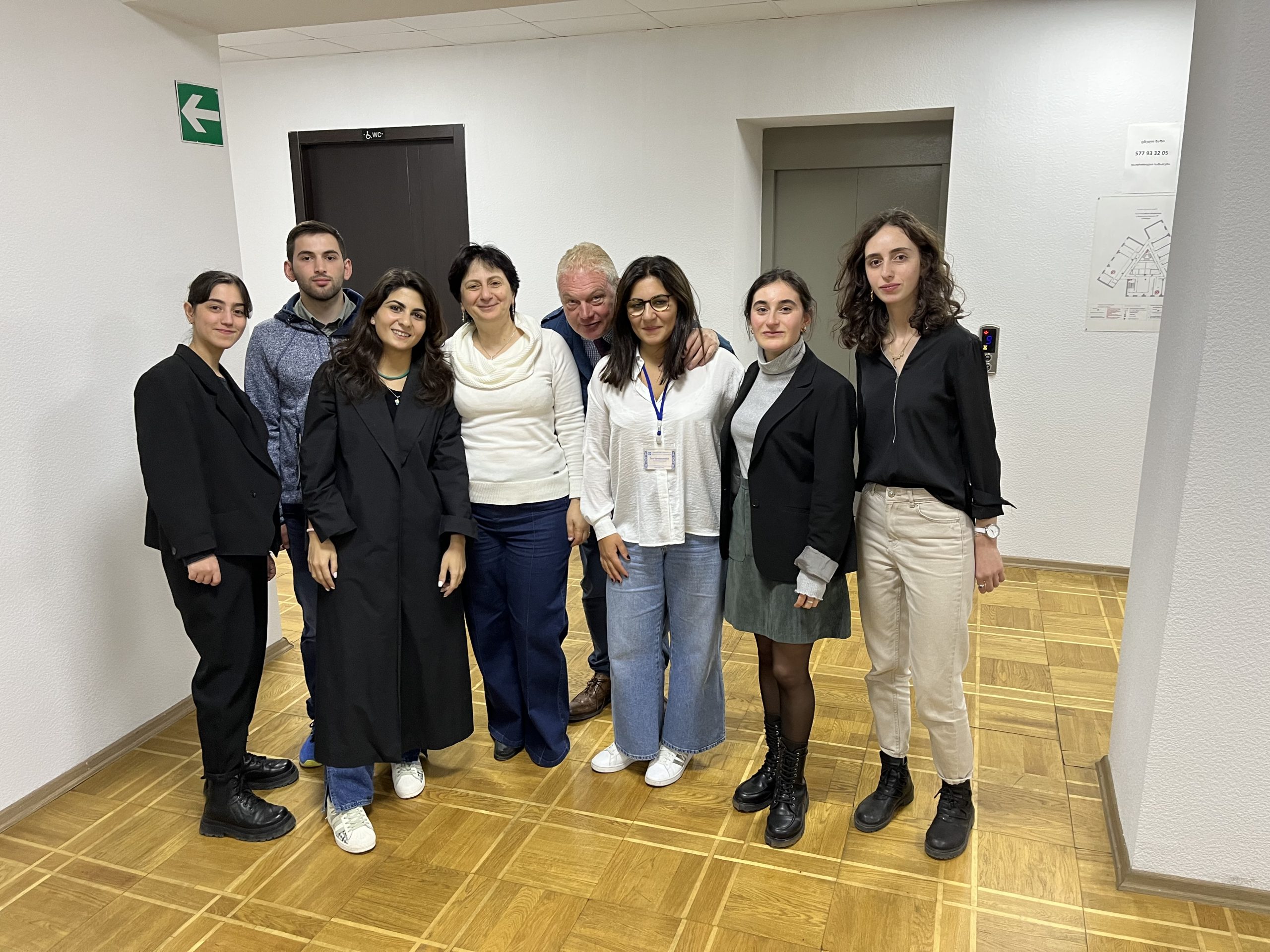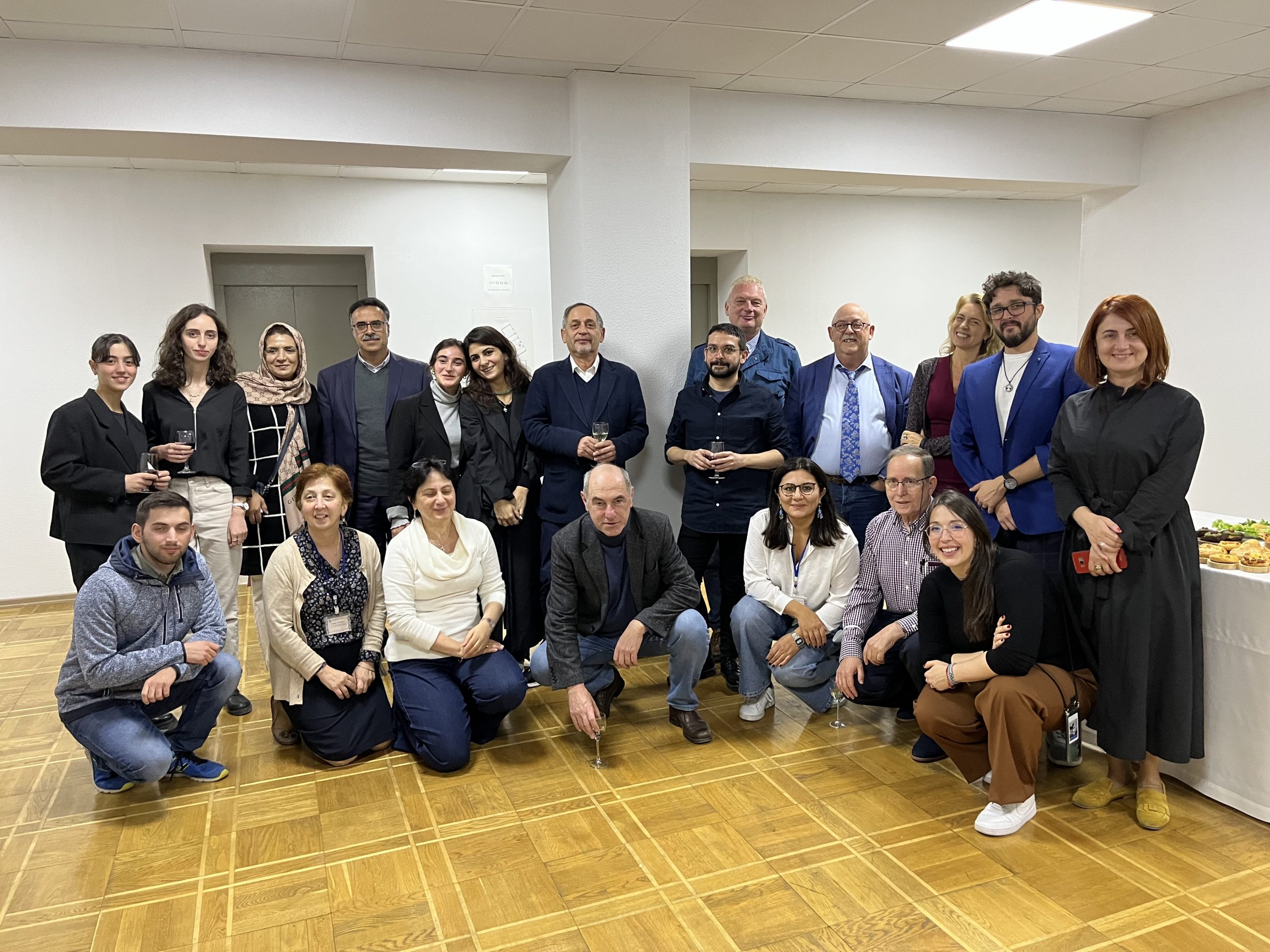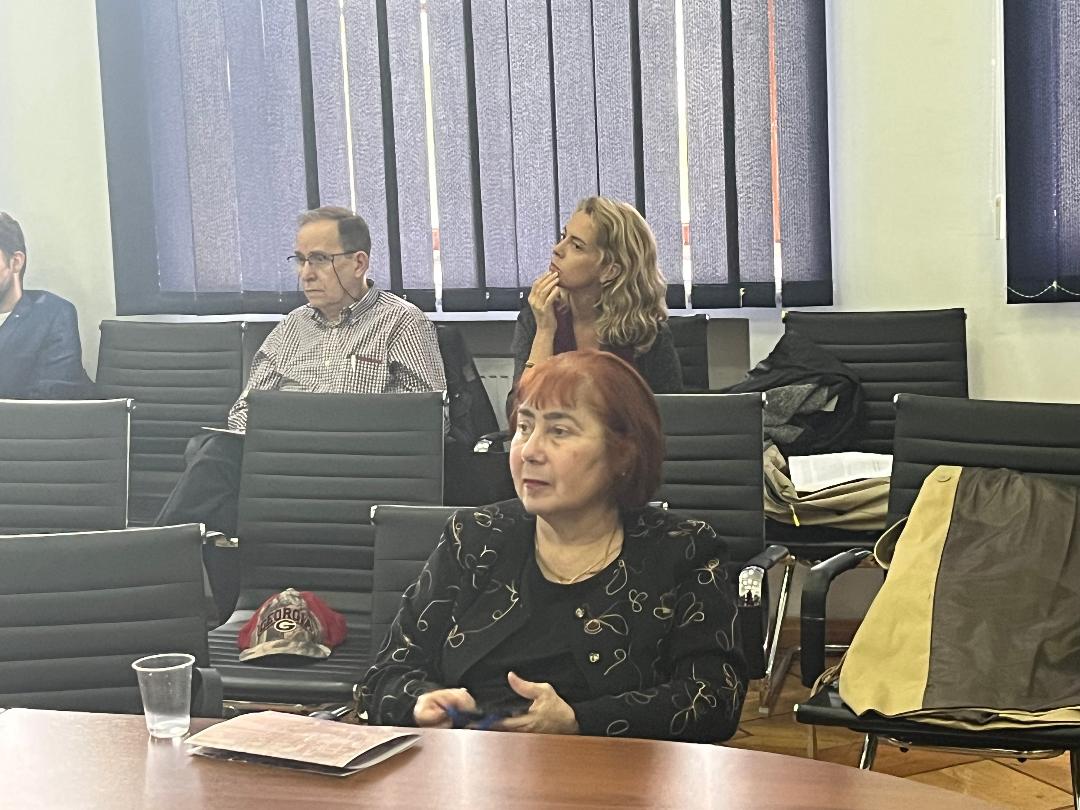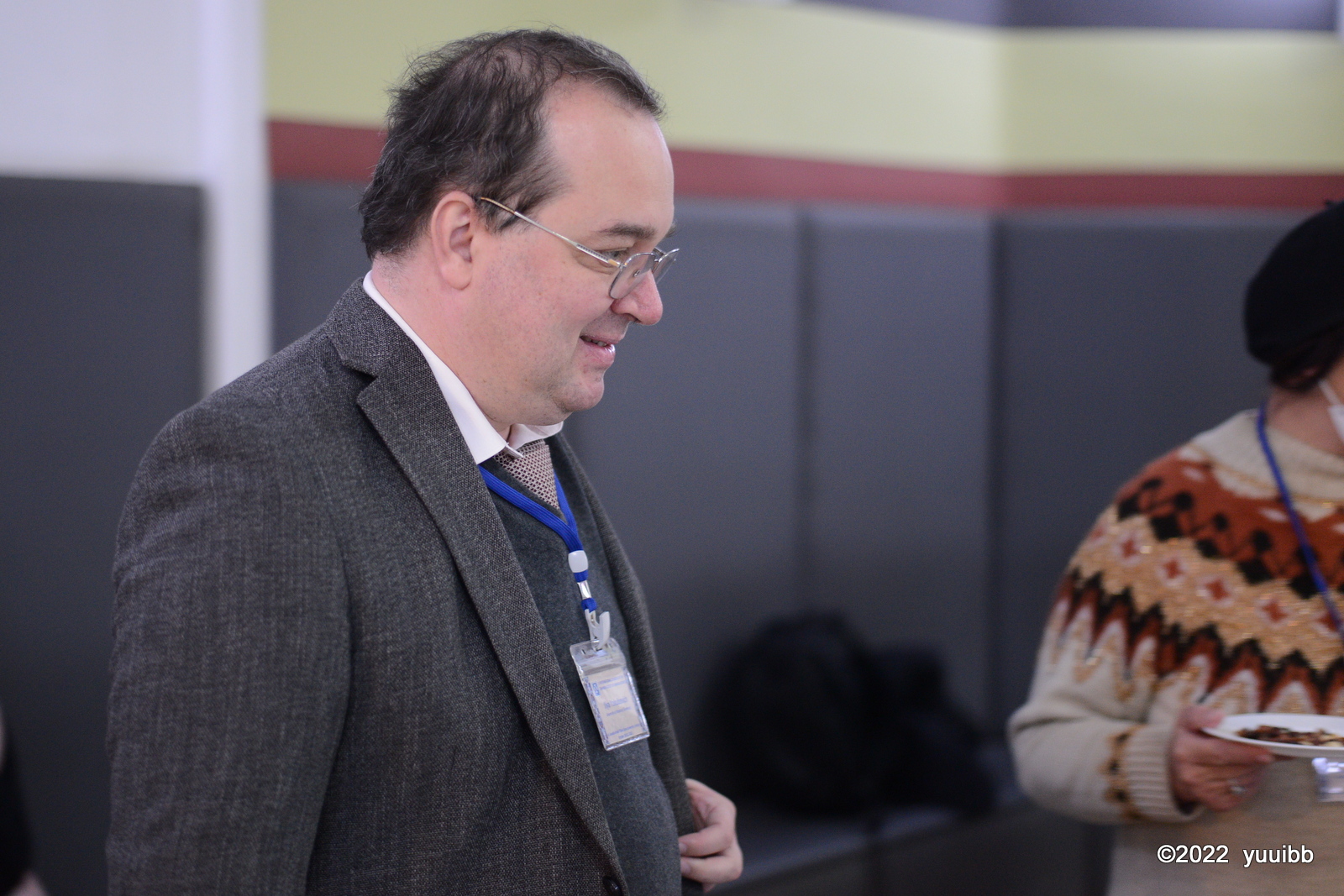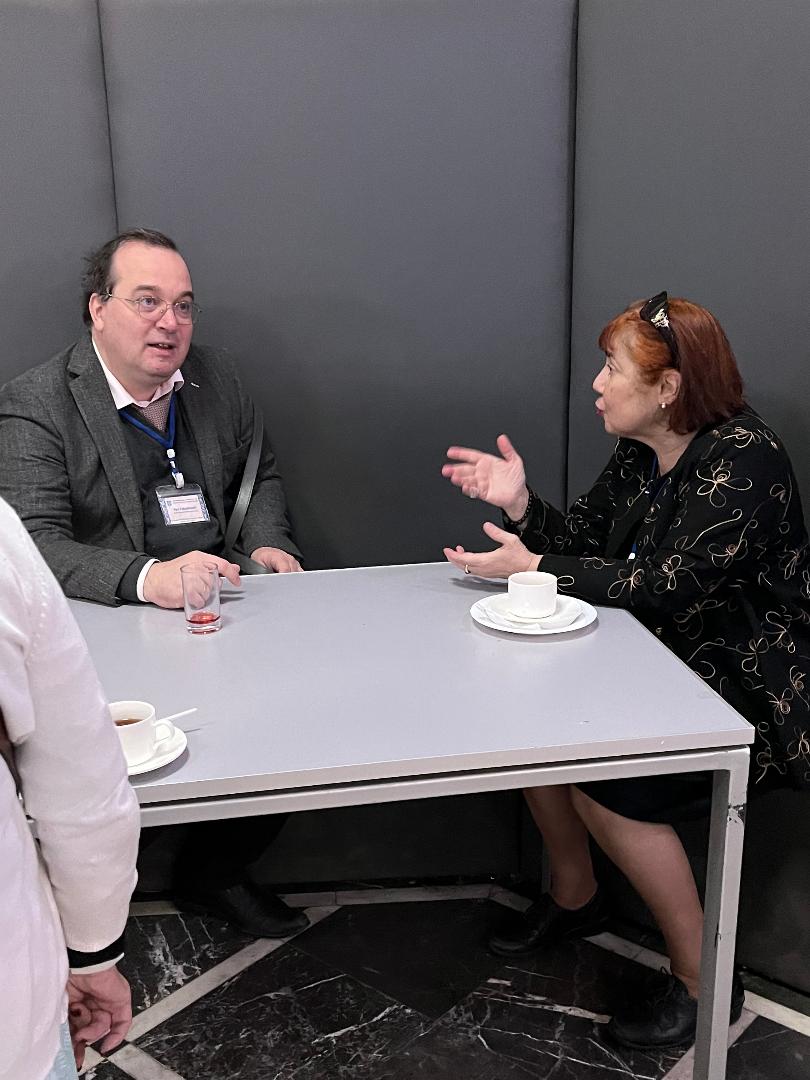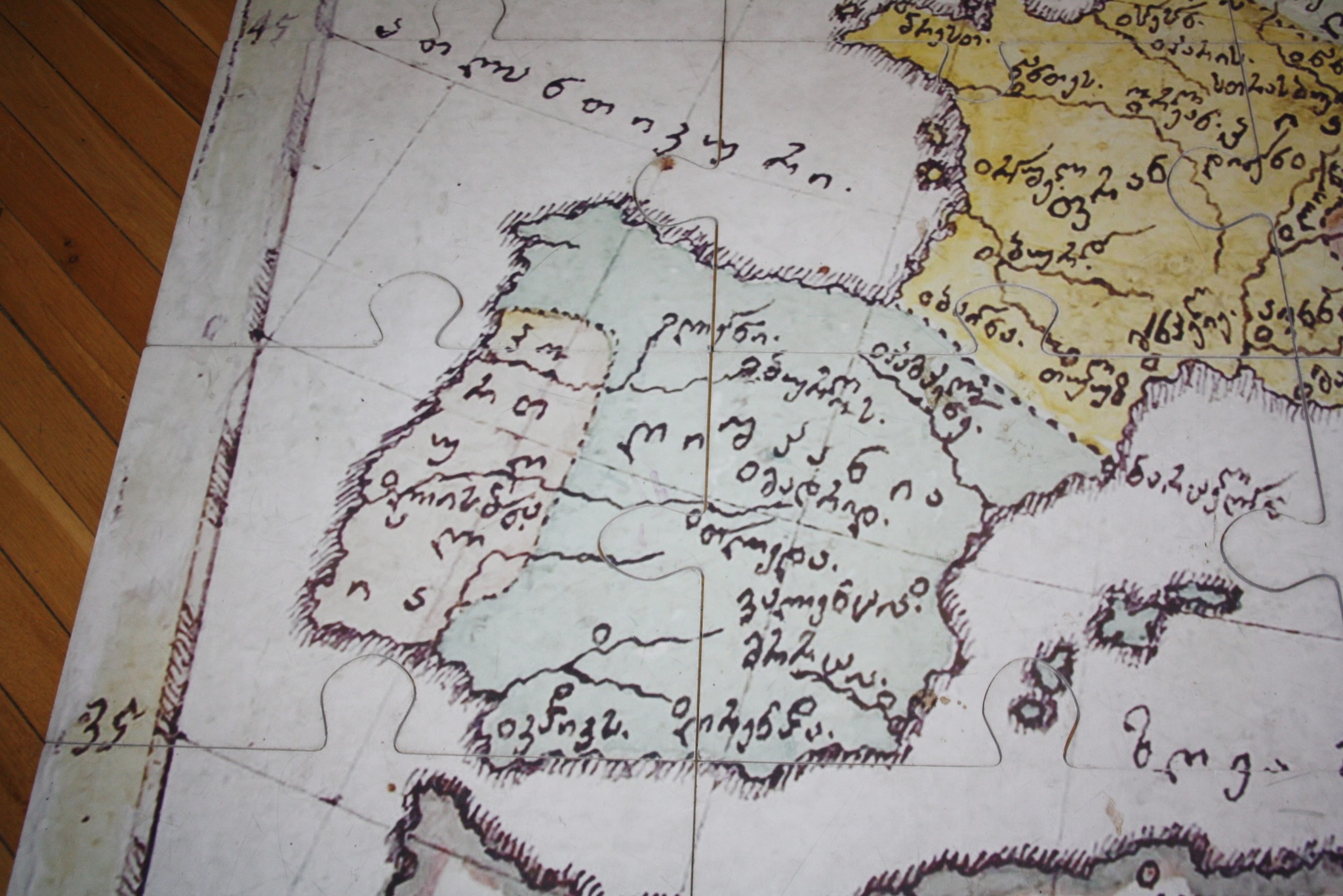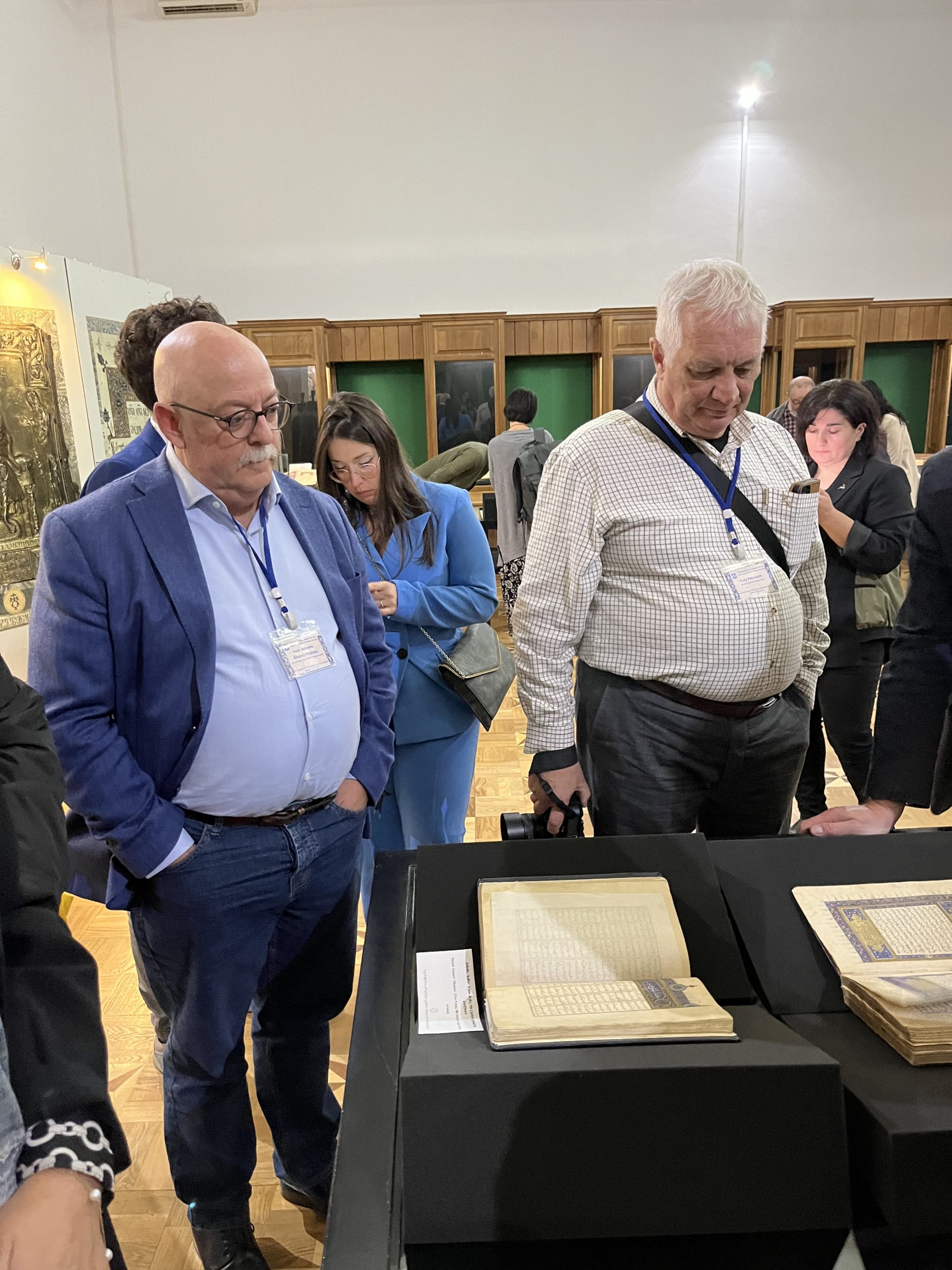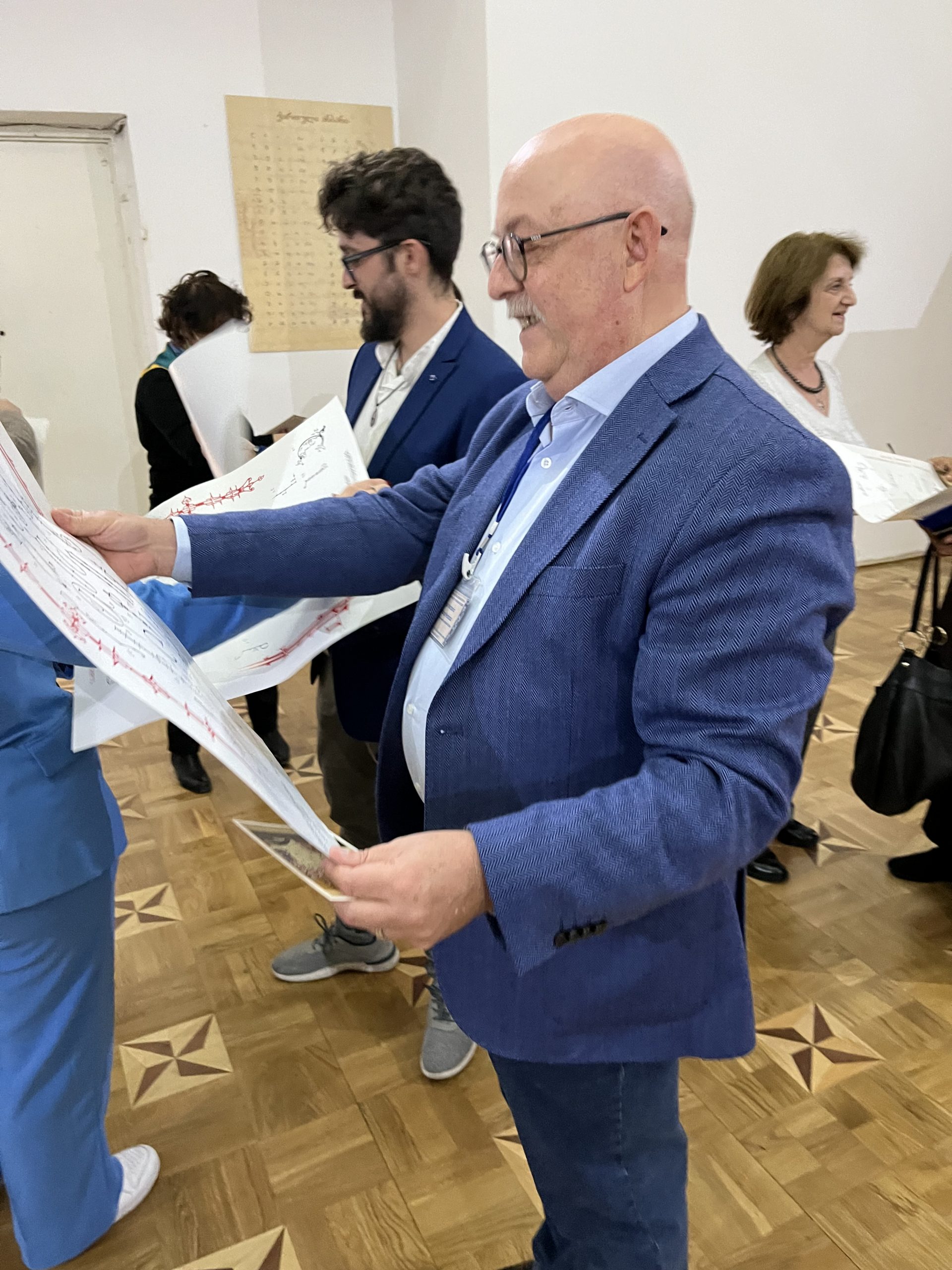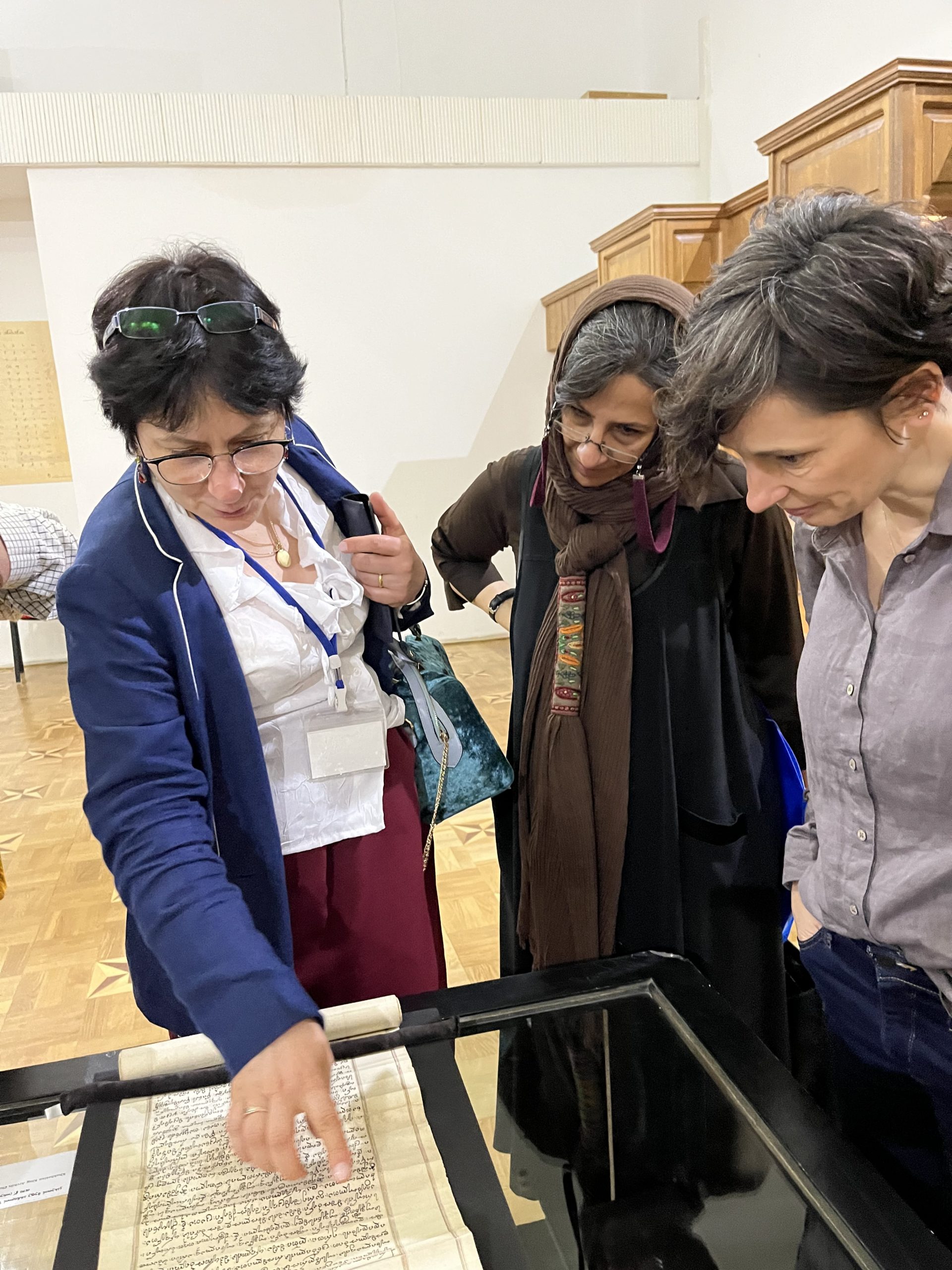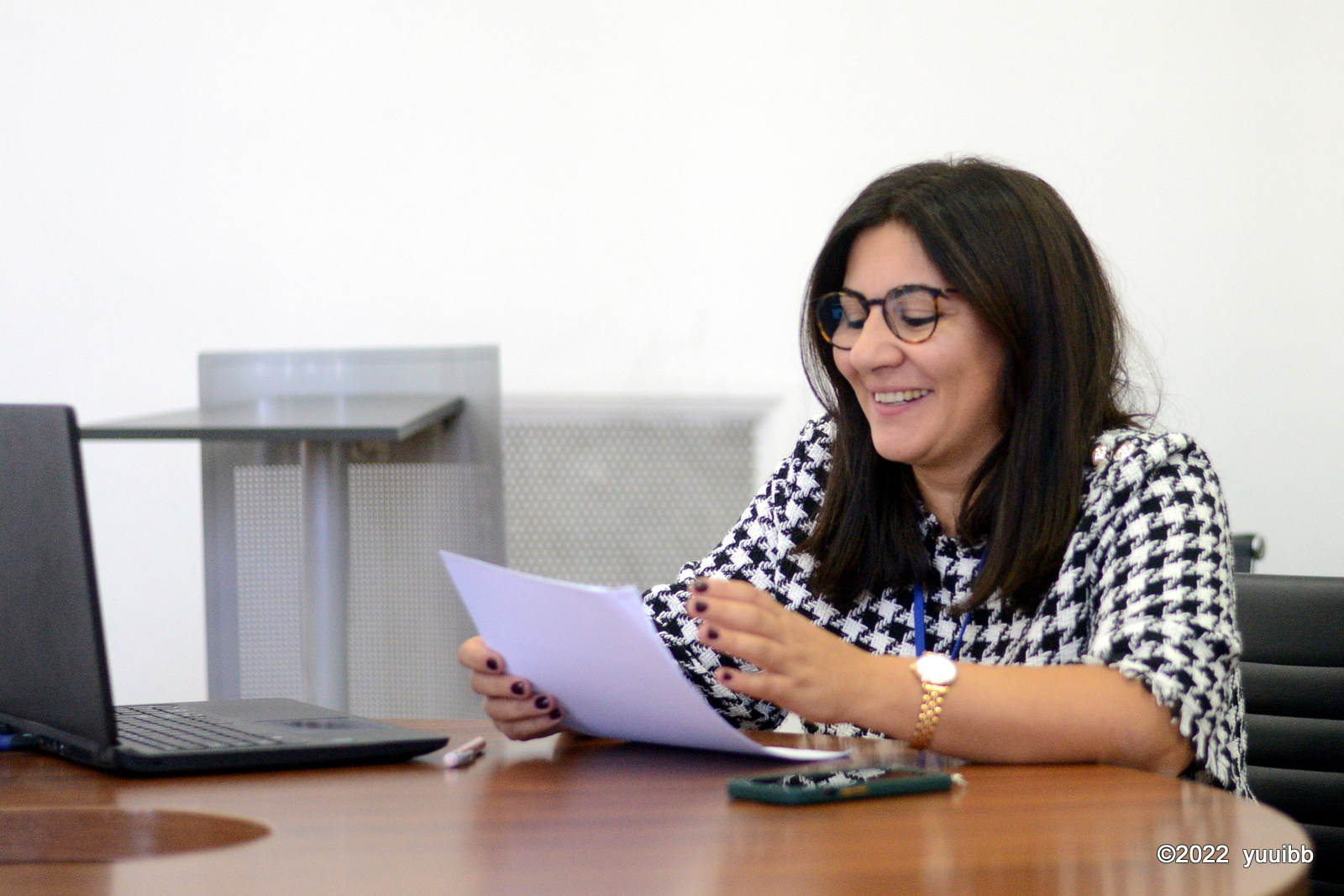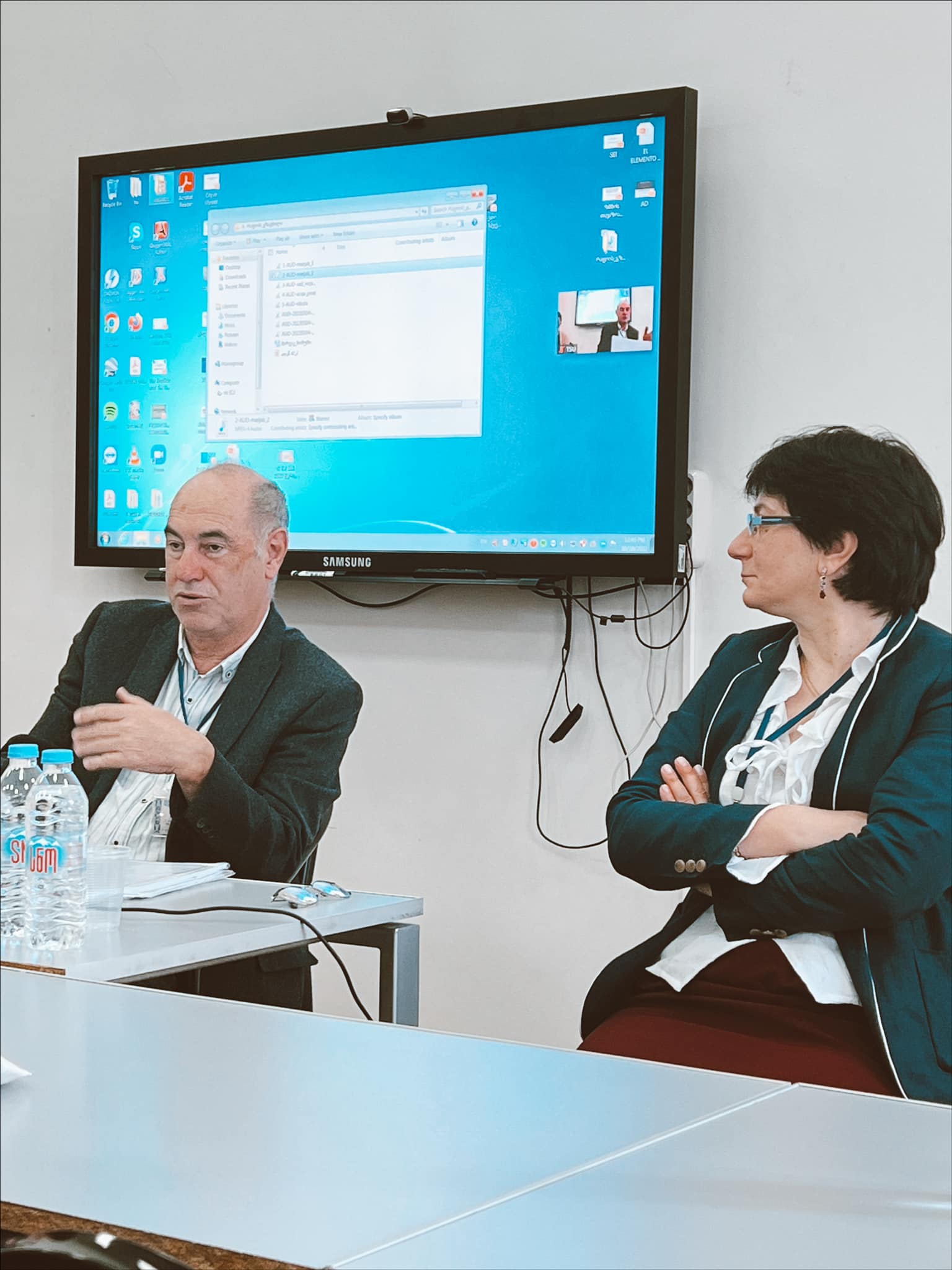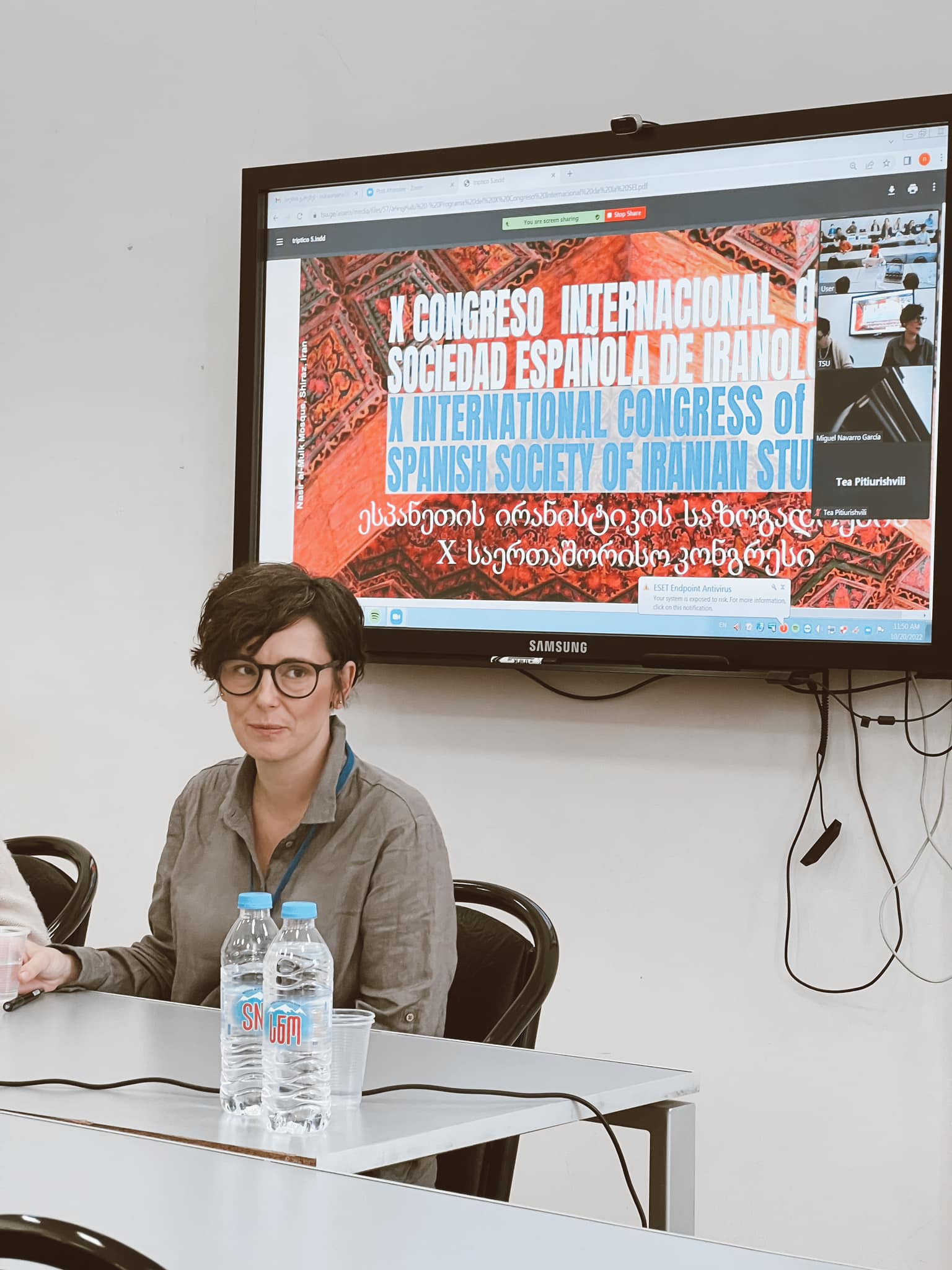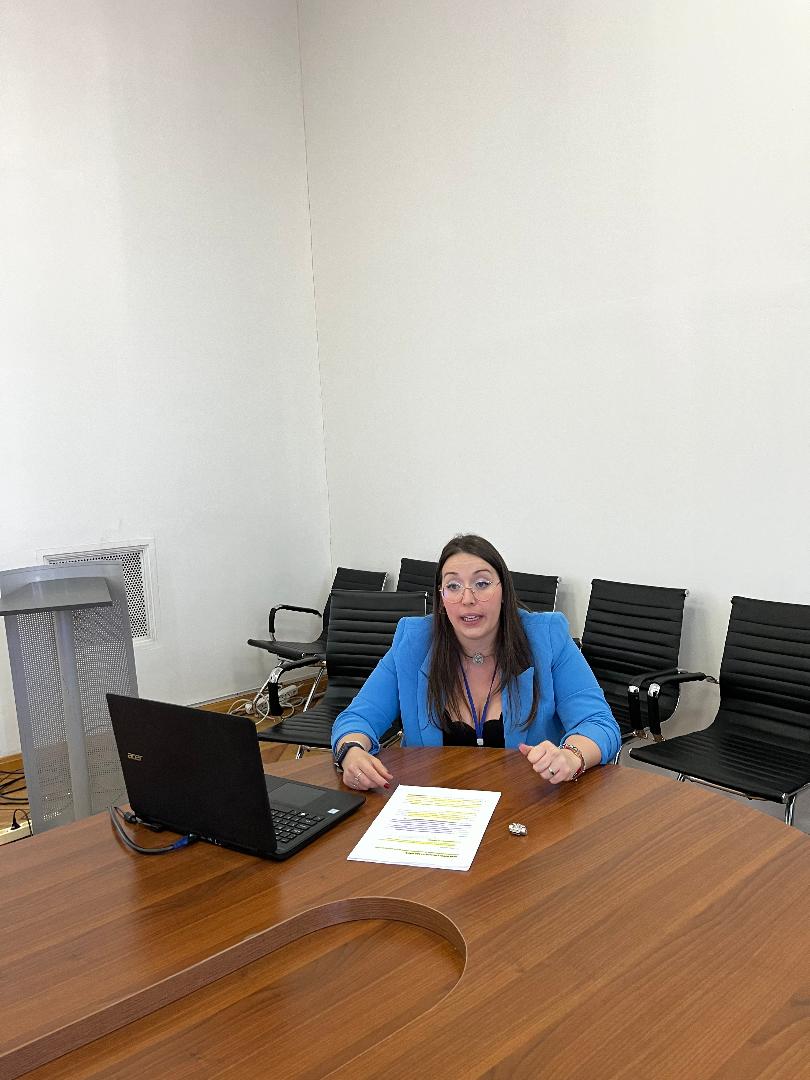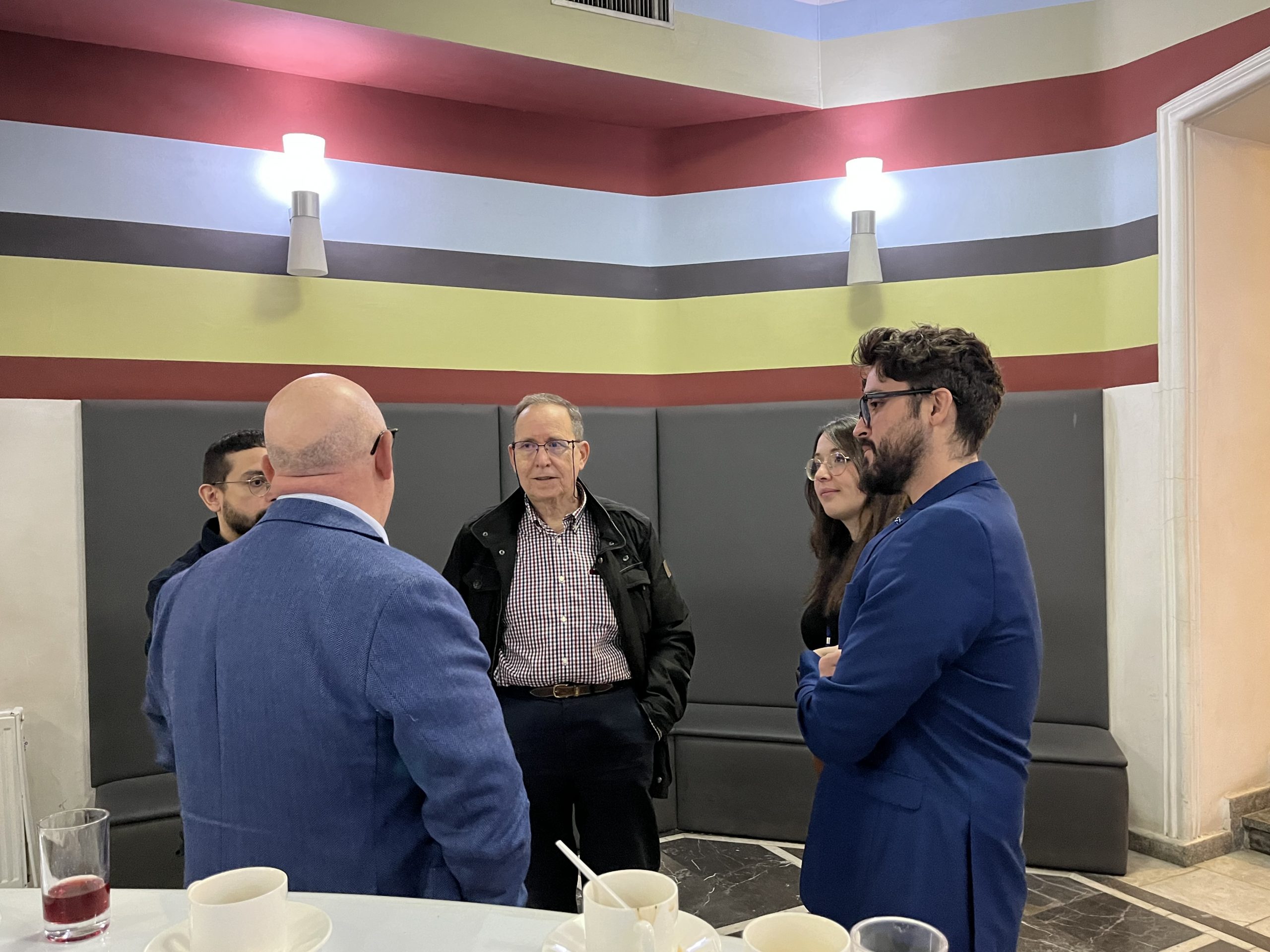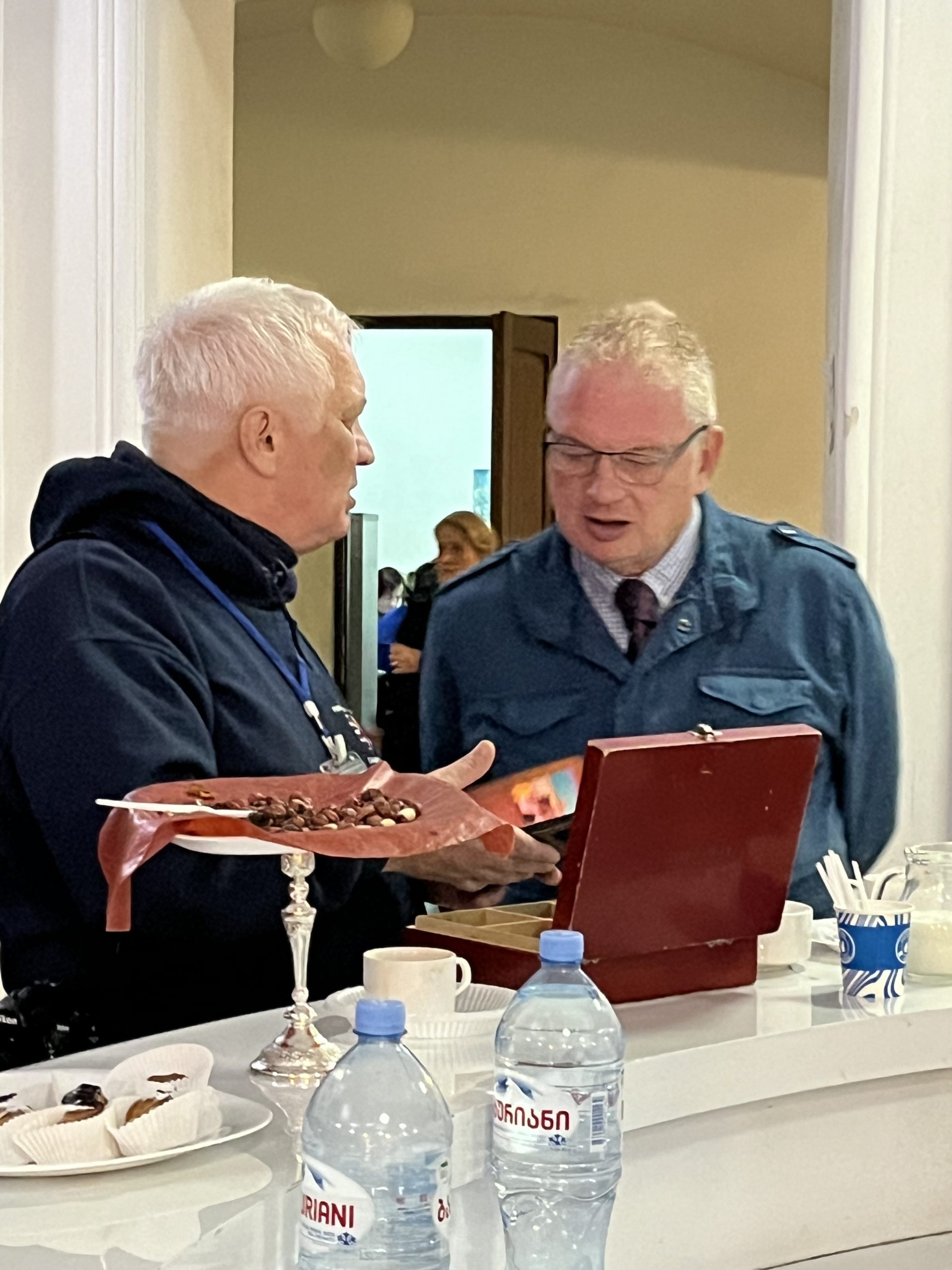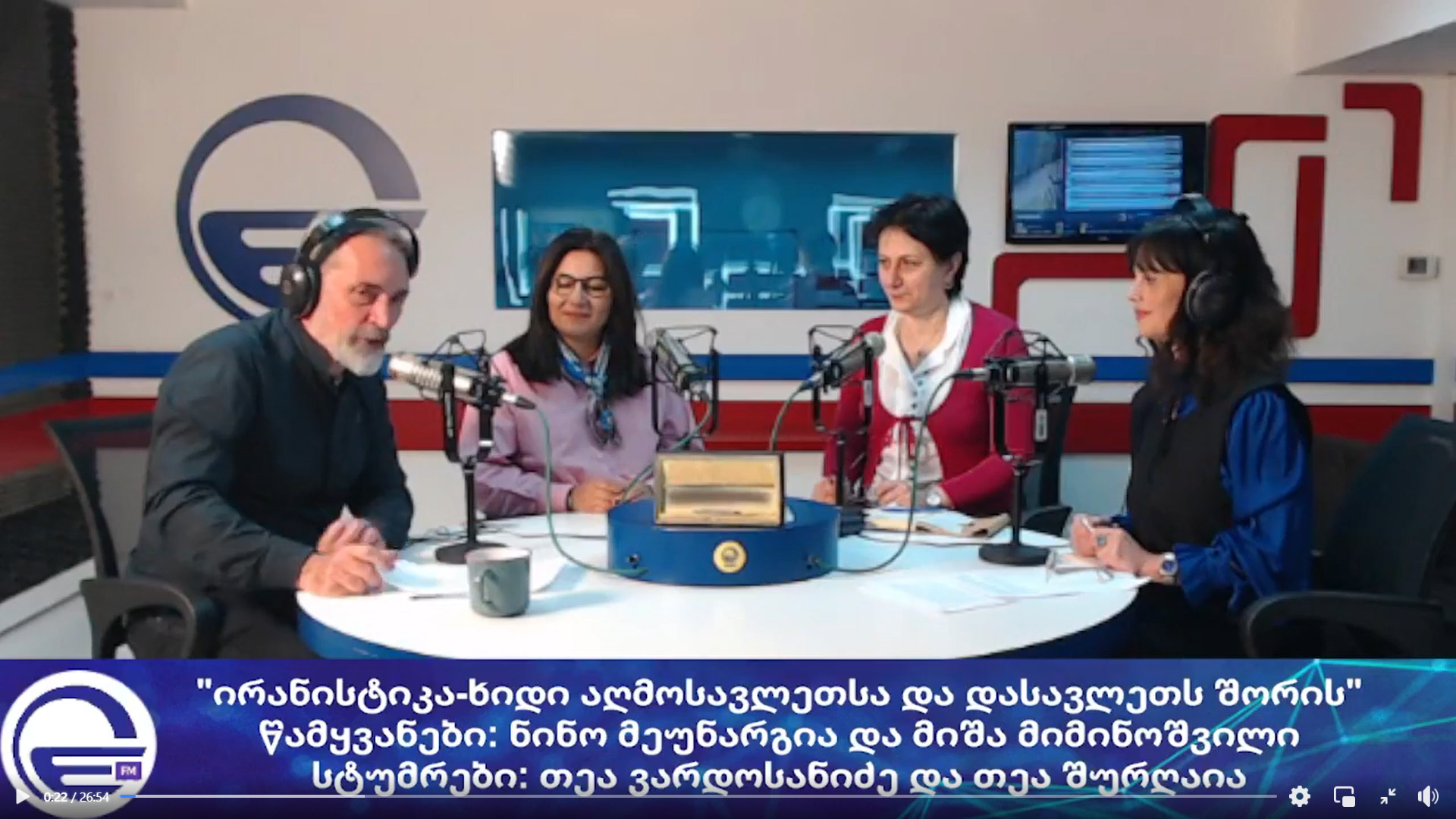| Rab-e Rahishi: Historial riview, Architectural style, structure and function | Seyed Ahmad Reza Khezri |
| Las “primeras” amazonas. El desarrollo del género en el bronce Euroasiático | Arturo sánchez |
| The world upside down: The Achaemenid queens in the work of Ctesias of Cnidus | Juan Antonio Álvarez Pedrosa;Berta Gonzalez Saavedra |
| The Vita of the Sasanian Martyr Golindoucht and the Lore of Dragon-Slayer Saints | Aitor Boada Benito. |
| Early Christian Georgia and Sasanian Iran: Issues of Cultural-Religious Relations | Elene Giunashvili;Nino Silagadze |
| Polite forms of the Verbs in Georgian and Persian (Comparative analysis) | Ekaterine Gogaladze |
| Div-Sultan Rumlu’s military expeditions to Georgia (1516, 1518, 1521) and their results | Nana Gelashvili |
| Lydian Sources on Achaemenid Sardis | Ilya Yakubovich |
| Collecting Kurdish Folklore in Iran as a strategy for language revitalisation and heritage bridges | Joanna Bocheńska;Farangis Ghaderi |
| Filmfarsi’s Inception and the Indian Parsi Community. The Lor Girl (Dokhtar-e lor, 1934) | Farshad Zahedi |
| The zoroastrian myth of the origin of humanity and its indo-european connections | Simon Luis Gutiérrez Castro |
| Irán desde los ojos de las niñas: la identidad sociocultural de las mujeres a través de las novelas y el cine | Patricia Martín de la Torre López |
| El rey persa como héroe civilizador: los límites del mundo en la ideología real persa. | Joaquín Velázquez Muñoz |
| IRAN AND THE SOUTH CAUCASIAN CONFLICTS | George Sanikidze |
| A Portrait in an Interview (Female Iranian Emigrant Writers) | Mzia Burjanadze |
| On the Mediation of Languages in Iranian-Georgian Language Contacts | Patman Antadze-Malashkhia |
| The Past, Present, Culture and Imagination in Qolamreza Rafii’s Fereydani Poems | Tea Shurgaia;Nikoloz Nakhutstishvili |
| How Oriental is the “Orient” in “Amirandarejaniani“? (Oriental Realia and Stereotypes) | Darejan Gardavadze;Tea Shurgaia |
| El amor en la literatura clásica iraní: el caso de Shahnameh | Samaneh Milani Tabrizi |
| La mujer en la Persia aqueménida a través de las fuentes escritas | Marcos Uyá |
| Between Retaliation and Forgiveness. Socio-cultural Determinants of Qesās Punishment in Contemporary Iran | Magdalena Rodziewicz |
| Ḵosrow o Širin – Portraits of the Main Characters | Tamta Parulava |
| Las traducciones en persa del relato “Memoria de mis putas tristes” de Gabriel García Márquez y las estrategias de traducción empleadas ante la censura | Tea Vardosanidze |
| La representación iconográfica del fasto persa en la Edad Moderna y Contemporánea y su conexión con los discursos orientalistas. | Alfred G. Kavanagh |
| De Shustar a Córdoba: viajando entre letras | Pilar Garrido Clemente |
| On the Role and Fate of Court Poets in the Shirvanshah’s Palace | Manana Kvachadze |
| For the Problem of Cultural Interconnections of the North-West Iran and Transcaucasia in the First Half of the II Millennium BC | Marina Puturidze |
| A look at the position of the Caucasian people in the Iranian Empire in ancient times according to the stories of Ferdowsi’s Shahnameh | Mandana Tisheyar |
| History of Rostam khan Sepahsalar Georgian (1644) | Mohsen Bahramnejad |

